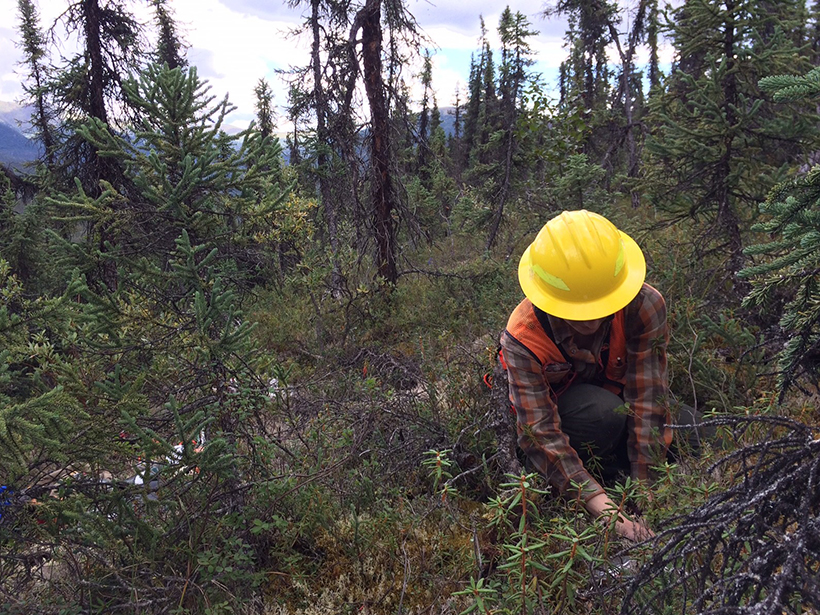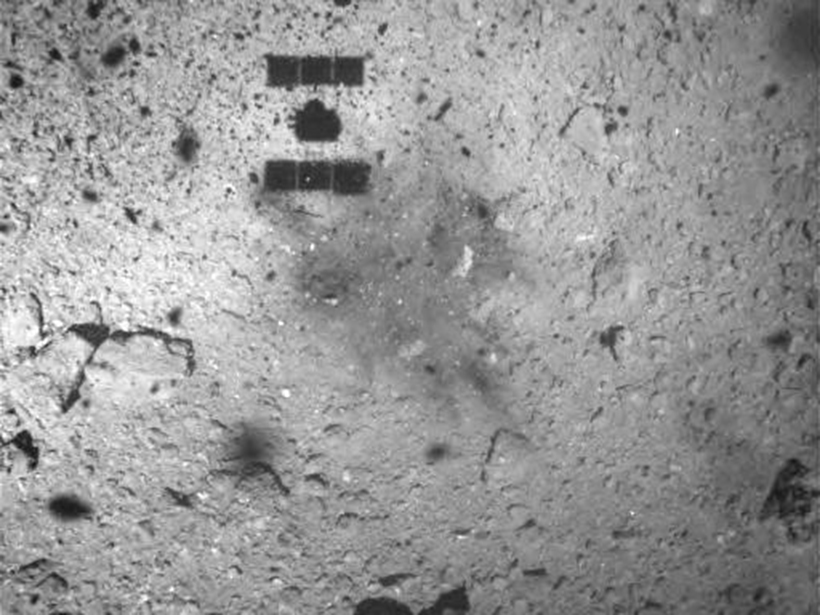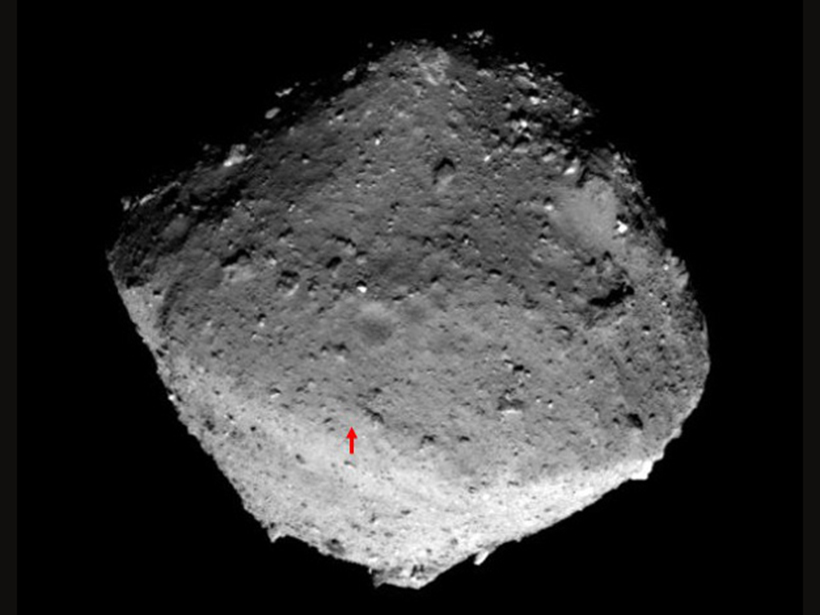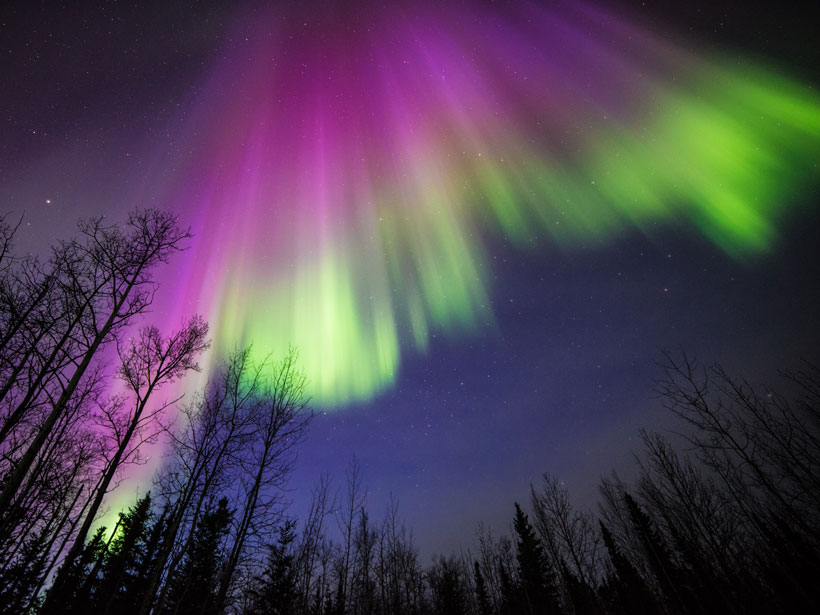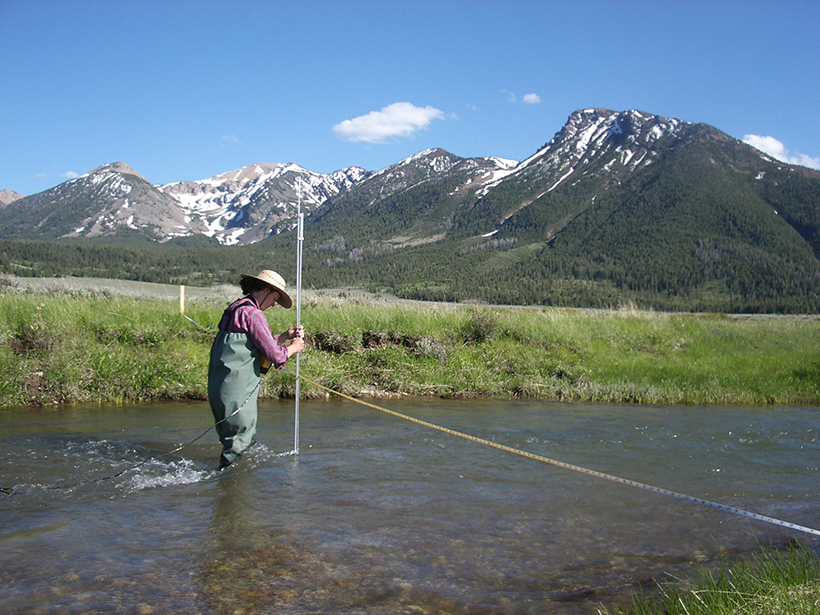The New Horizons spacecraft recorded images of craters that imply an unexpected dearth of small objects in the Kuiper Belt.
News
First Privately Developed Lander En Route to the Moon
The lander, built by an Israeli company, will survive on the surface for just a few days. It will capture magnetic field data and conduct an experiment with a lunar orbiter.
New Budget Bill Rescues NASA’s Carbon Monitoring System
“We’re back!” says $10-million-per-year project’s science team leader.
A Target Before Shooting Ryugu
The asteroid’s rough surface surprised Hayabusa2’s mission scientists. So they pulled out their spare gun and shot an “asteroid” at home first.
Varying Impact of Earthquake- and Monsoon-Induced Landslides
Using nearly 50 years of satellite data and records stretching back millennia, scientists determine the relative frequency—and the erosional power—of monsoon- and earthquake-induced landslides in Nepal.
Podcast: Rifts Beneath the Ocean Floor
In the latest episode of its Centennial series, AGU’s Third Pod from the Sun features the pioneering work of a deep-sea explorer.
Asteroid Mission Attempts Touchdown, Sample Grab
Hayabusa2 will fire a metal bullet into the asteroid surface to eject material that will then be collected. The mission will return the samples to Earth in late 2020.
Deaf Students Feel the Universe’s Vibrations in New Workshop
Students experienced the vibrations of Earth’s auroras, the Sun’s flares, Jupiter’s bow shock, and Saturn’s rings in an outreach activity designed specifically for their community.
New Tiny Moon of Neptune Discovered
The moon’s size and orbit point to it being the remnant of a collision with Neptune’s moon Proteus.
Simplifying How (and When and Where) Snow Turns into Flow
A Montana researcher has developed a map for predicting how climate change may alter the water supply.



